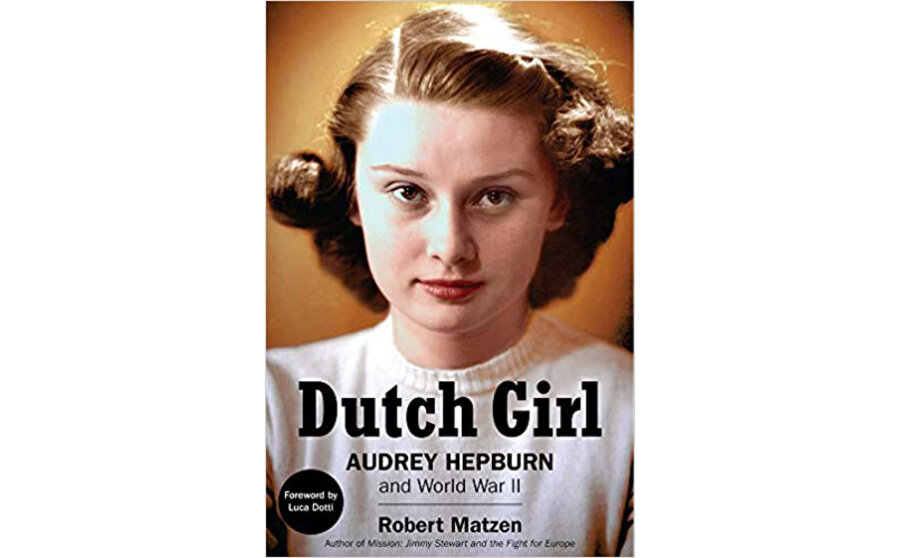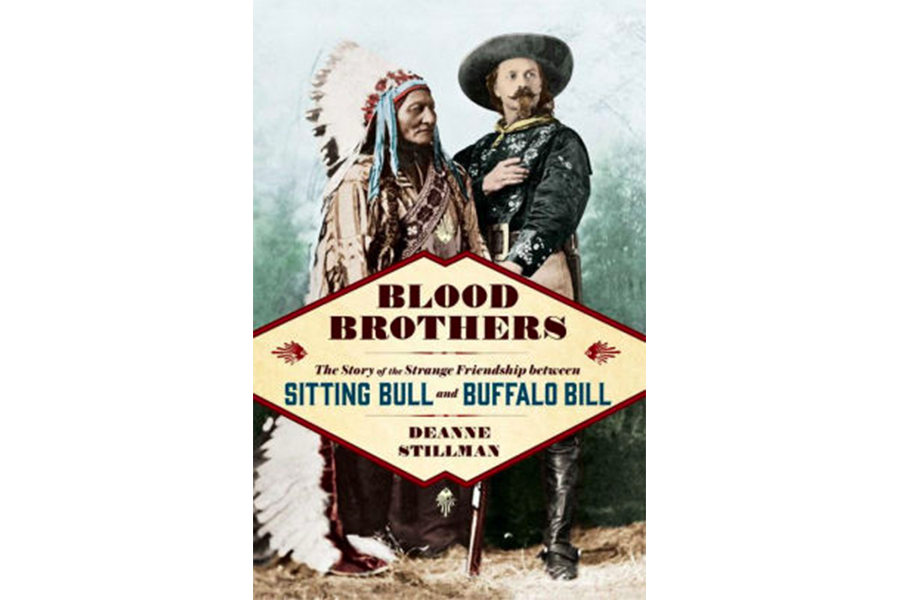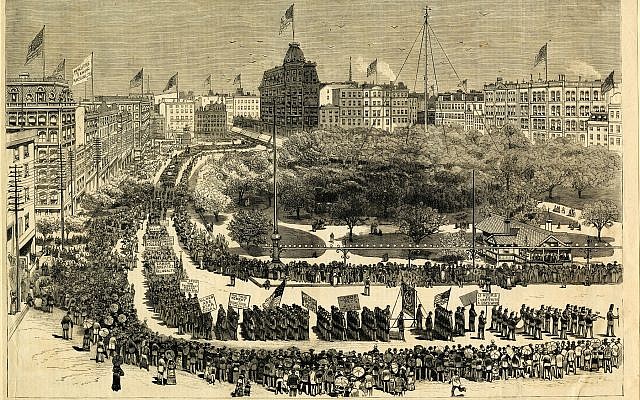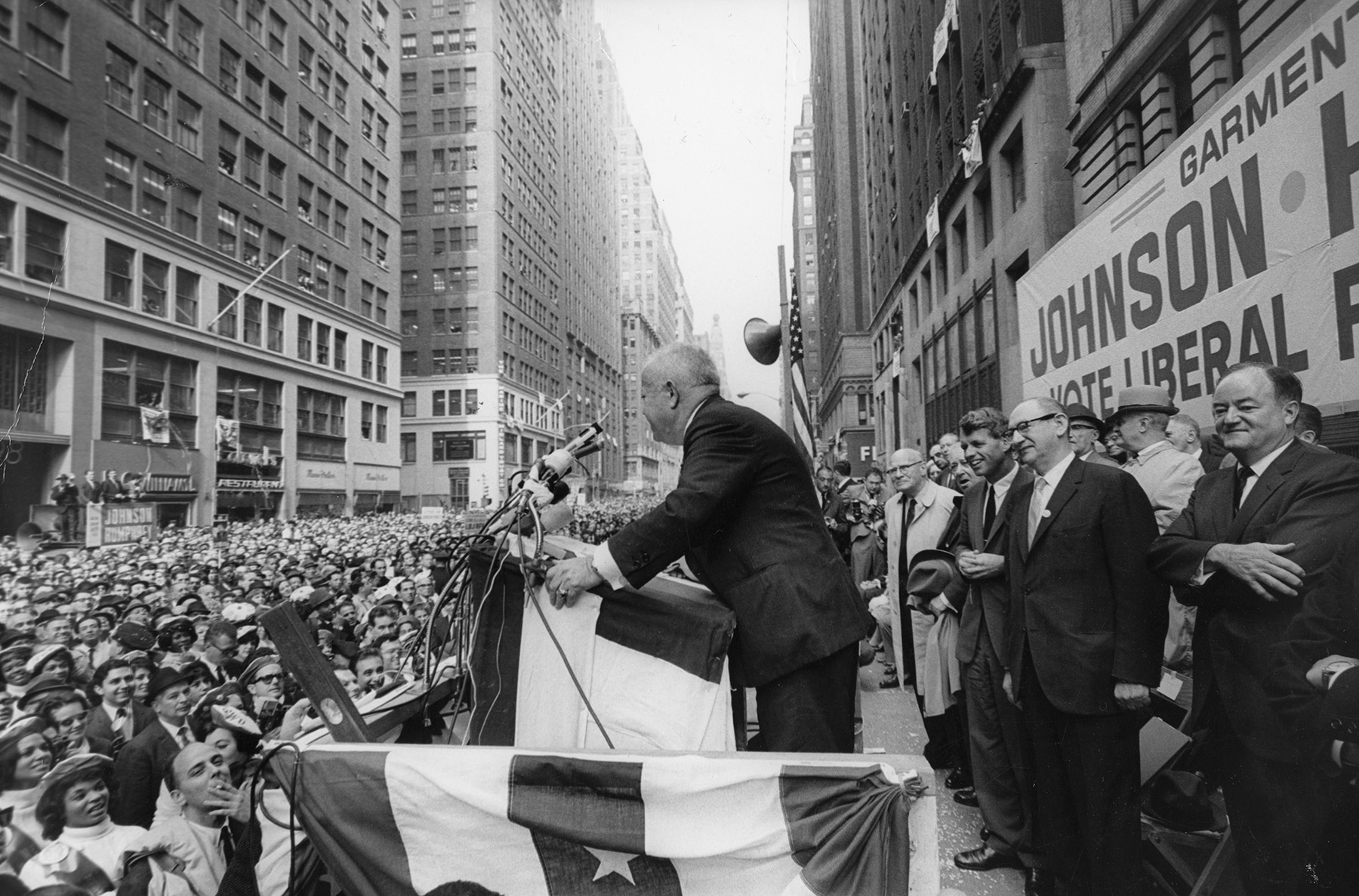Svetlana Alexievich, whose oral histories of Soviet and Russian lives earned her the Nobel Prize for Literature, collected the stories of hundreds of Soviet women World War II vets.

July 25, 2017
By Bob Blaisdell
In World War II, about a million Soviet women helped their country fight the Nazis. When the war ended, most of those women, who had served as pilots, snipers, mine-detectors, nurses, cooks, and laundresses, quietly went home and resumed everyday life.
Twenty million of their fellow citizens had perished, meanwhile, in those four years. Many of the women tried to forget what they had seen, but for the most part, even 40 years later, they hadn’t.
Svetlana Alexievich – a recipient of the Nobel Prize for Literature and a brilliant practitioner of the art of oral history – lent hundreds of Soviet women veterans an ear in the early 1980s and listened and listened.
The Unwomanly Face of War, Alexievich’s first oral history, was published to acclaim and alarm in the Soviet Union in 1985 and has been reprinted several times there and substantially revised since. It is now available in English in a new translation by Richard Pevear and Larissa Volokhonsky.

In 1941, most Soviet women believed fervently in the national effort (Stalin’s unforgivable crimes and betrayals against his own citizens were as yet unknown to most of the public), but many of the women Alexievich interviewed admitted they had no idea what they were getting into: “At first you’re afraid of death,” said one woman.
But she adds, “In the end only one fear remains of being ugly after death. A woman’s fear.”

If “The Unwomanly Face of War” is less intense than Alexievich’s terrifying “Voices from Chernobyl” or the hair-raising “Zinky Boys,” it is still continually shocking and tearjerking. As is her custom, Alexievich divides her book into loose categories, as among file folders. The themes reveal themselves through repetition: time, memory, identity, womanhood, youth, patriotism.
Alexievich reflects: “I was used to thinking that there was no room for a woman’s life in the war. It is impossible there, almost forbidden. But I was wrong.… Very soon, already during my first meeting with them, I noticed: whatever the women talked about, even if it was death, they always remembered (yes!) about beauty. It was the indestructible part of their existence.... They told cheerfully and willingly about their naïve girlish ruses, little secrets, invisible signs of how in the ‘male’ everyday life of war and the ‘male’ business of war they still wanted to remain themselves. Not to betray their nature.”

One woman recalled to Alexievich how she saved the life of a German soldier at the nightmarish siege of Stalingrad. “There can’t be one heart for hatred and another for love,” decides Tamara Stepanovna Umnyagina in the concluding section. “We only have one, and I always thought about how to save my heart.”
Alexievich believes that revelations come out of conversations – ideally, one-on-one conversations. “If,” explains Alexievich, “besides the storyteller, there was some family member or friend in the apartment, or a neighbor (especially a man), she would be less candid and confiding than if it was just the two of us. ”

Alexievich, one generation the junior of these women, became their confidant, but even so they held back about one area: “What came unexpectedly for me?,” she asks. “The fact that they spoke about love less candidly than about death. There was always this reticence, as if they were protecting themselves, stopping each time at a certain line. Guarding it vigilantly.”

The introductory materials here, in which Alexievich quotes from the journals she kept while working on the project and from her later reflections and dealings with censors, are as compelling as the primary text. She discloses some of her methods and experiences as the collector of these voices: “I listen when they speak.… I listen when they are silent.… Both words and silence are the text for me.”

In this edition, unfortunately, Alexievich has chosen to excise her questions that led to those responses. Another quibble: unlike in the marvelous 1989 Russian edition (published by Sovetsky Pisatel) that features more than 60 photographs of the very “womanly faces” as they were then, there are no photographs in this book.
(SO I HAVE ADDED PHOTOS TO THIS ARTICLE)
The veterans speak much about their appearances, and the images of themselves as the women (or girls) they tried to remain. One phrase Alexievich says she never got over was “I was so young when I left for the front, I even grew during the war.”

















